Seattle Kraken
Starter
Three Takeaways – Kraken end six-game slide with miraculous 3-2 OT win against Kings
Source: https://soundofhockey.com/2025/12/10/kraken-defeat-kings-in-overtime-mccann-injury/
While an atmospheric river continues to pound the Pacific Northwest, Seattle Kraken fans can take solace in the fact that Losing Streak Camille (that’s what we began calling it on the latest Sound Of Hockey Podcast episode) has finally ended.
The Kraken rallied back in dramatic fashion on Wednesday, tying the Los Angeles Kings 2-2 on a Matty Beniers redirection with 26 seconds remaining in the third, then getting an overtime power-play goal from Vince Dunn to end a six-game skid that started with a 1-0 shootout loss at the New York Islanders on Nov. 23.
“I thought it was awesome, just the fight from our group,” Joey Daccord said. “We’ve competed so hard these last couple weeks, and it just hasn’t gone our way.”
Here are Three Takeaways from a thrilling 3-2 Kraken comeback win over the Kings.
Takeaway #1: Late-game heroics
The Kraken penalty kill has definitely gotten better now that the team has switched from the wedge plus one to a diamond formation, which seems to have eliminated the ever-present too-easy seam pass. The PK did allow one off a rush on Wednesday, though, and it came at a bad time with the game tied and five minutes remaining in the third period.
Ryker Evans took a four-minute double-minor for high sticking Corey Perry, and Anze Kopitar quickly sent Kevin Fiala on a partial breakaway, on which Fiala converted for what felt like the winning goal at the time.
But the Kraken didn’t give up. Back on the power play themselves and with Daccord off for an extra skater, Eeli Tolvanen sent a shot-pass toward the top of the crease that Matty Beniers redirected into the top corner.
MATTY MAGIC!
Let's play overtime! #SeaKraken pic.twitter.com/5ymp7xZpnG
— Sound Of Hockey (@sound_hockey) December 11, 2025
“Matty’s goal, there, there’s not much to it,” Dunn said. “It’s throwing the puck where guys are going to the net, and eventually it’s going to go in for us.”
Beniers then cut hard to the net in the overtime period and drew a penalty on Adrian Kempe, which gave Seattle its seventh power play of the game. Tolvanen contributed again, laying a perfect pass into Dunn’s wheelhouse.
HE DUNN DID IT!
JUST WHEN YOU THOUGHT YOU WERE OUT, THEY PULL YOU… BACK IN!
Beniers ties the game with 26 seconds left, then draws a penalty. On the ensuing power play, Vince Dunn wins it with a bomb.
Losing Streak Camille has ended. #SeaKraken pic.twitter.com/Nu3tWdz6Yi
— Sound Of Hockey (@sound_hockey) December 11, 2025
“It’s not anything special drawn up,” Dunn said. “It’s just taking the shot that’s there and hoping good things happen.”
The game-winning goal was Dunn’s third point of the game and Tolvanen’s second assist in just over two minutes between the third period and OT.
Takeaway #2: Jared McCann scores, gets hurt again
Jared McCann, who recently returned from a 17-game absence due to a lower-body injury, looked like vintage Jared McCann in this game and scored a power-play banger (all three goals came on the power play for the Kraken, which also gave up a short-handed goal seconds after it failed to convert on a 5-on-3, but that’s neither here nor here) to open the scoring at 3:21 of the second period.
MCCANN CAN!
Great setup, and a vintage Jared McCann finish for the power-play goal.
1-0 #SeaKraken. pic.twitter.com/C5joHBws3u
— Sound Of Hockey (@sound_hockey) December 11, 2025
But the play that put Seattle onto a 6-on-4 power play and led to the late tying goal also sent McCann to the locker room with what looked like another bad lower-body injury.
Goalie Anton Forsberg got caught behind the net and went scrambling to get back in his crease. When he did, his right pad tangled with McCann’s left leg and took the Kraken’s best scorer down in an awkward way.
As Seattle headed to the all-important manpower advantage on the ice, McCann was helped down the tunnel and not putting much weight on his left leg.
After McCann’s mysterious lower-body injury dragged on for much of the beginning of the season, and as Jaden Schwartz, Berkly Catton, Matt Murray, and Tye Kartye (illness) all try to work their way back from various ailments, seeing McCann go down was the last thing the Kraken wanted.
Lane Lambert did not have an update after the game.
Takeaway #3: The Kraken needed that win
During the losing streak, the Kraken genuinely played some very good games—except for the two against the Edmonton Oilers, who steamrolled them twice. They had a chance to win every other game of the stretch but found different ways to lose those.
“We’ve had some losses here, some tough losses at home, where we’ve played well,” Lambert said. “We were playing well again tonight, and I’m just happy for our players that they finally got rewarded for it, because they’ve been working.”
With the win, the Kraken stopped the bleeding in the standings, at least for now. They had quickly plummeted from second place all the way down to sixth in the Pacific Division and appeared to be headed for tank. While they remain firmly outside the bubble, they’re still just two points out with games in hand on everybody.
Now, if they want to remain competitive in the coming months, they need to use this miraculous victory as a jumping-off point to start rebuilding their belief in themselves.
Whether or not that happens remains to be seen, and McCann exiting once again makes things even harder. But at least Losing Streak Camille is a thing of the past.
The post Three Takeaways – Kraken end six-game slide with miraculous 3-2 OT win against Kings appeared first on Sound Of Hockey.
Source: https://soundofhockey.com/2025/12/10/kraken-defeat-kings-in-overtime-mccann-injury/











































